Mollusca Linnaeus, 1758:
What is Malacology? Who are Malacologists?
What is Conchology? Who are Conchologists?
The phylum Mollusca or Mollusks:
Contents
The phylum Mollusca or Mollusks is the second-largest phylum of invertebrate animals after the Arthropoda. They are very diverse in size, morphological structure, colors and patterns. Some species such as snails, clams, oysters, squids and octopuses are belong to phylum Mollusca.
Few species of mollusks with shells (pearl oysters) can produce pearls. Some of them are eaten by humans in different regions of the world. Majority of the mollusk are aquatic and mostly marine and a few snails and bivalves inhabit fresh or brackish waters.
Identification of phylum Mollusca:
A few number of species are also adapted to terrestrial environment. The patterns and colors of Mollusca’s can be used as important characters to identify and recognize species.
How many mollusks recognized?
Around 85,000 living species of mollusks recognized (Rosenberg, Gray, 2014)[1]. According to Bouchet et al., (2016)[2], currently 46,000 valid species of Recent marine mollusks are known, which is increasing by a yearly increment of 443 new species, mostly (51.5%) from the tropical Indo-Pacific.
Malacology and Conchology:
The study of mollusks as whole organisms is called Malacology and those scientists who study mollusks are called malacologists. The study of mollusk shells is called conchology, and a person devoting his time to this respective study is called conchologist. Conchology is one aspect of malacology.
Paul Callomon, Conchologist. Photo by Jeff Fusco
The study of mollusk shells is called conchology, and a person devoting his time to this respective study is called conchologist.
Taxon Details
Kingdom: Animalia
Phylum: Mollusca
References:
[1] Rosenberg, Gray, (2014). “A new critical estimate of named species-level diversity of the recent mollusca”. American Malacobgical Bulletin. 32 (2): 308-322
[2] Bouchet, P: Bary, S. ; Heros, V. ; Marani, G. (2016). How many species of mollusks are there in the world’s oceans, and who is going to describe them? www.vliz.b>imis
Author:
Dr. Nabavi, Seyyed Mohammad Bagher
Professor of marine biology

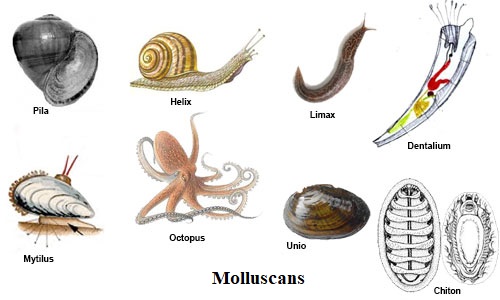
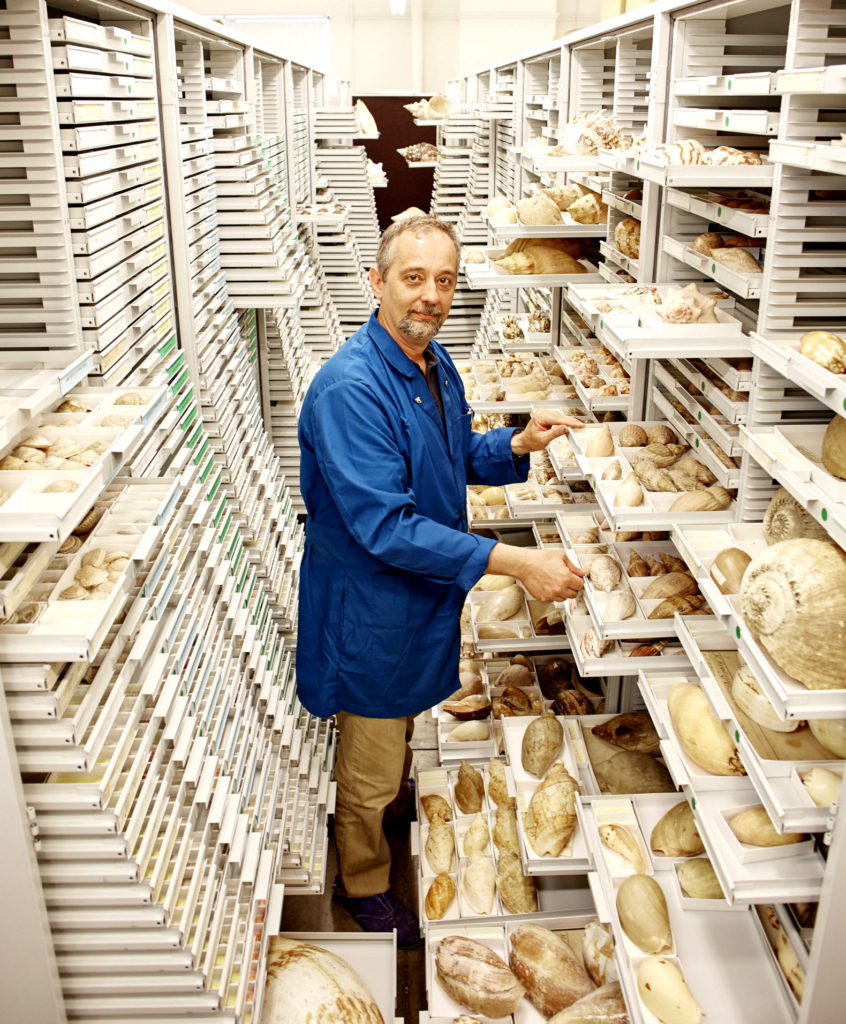
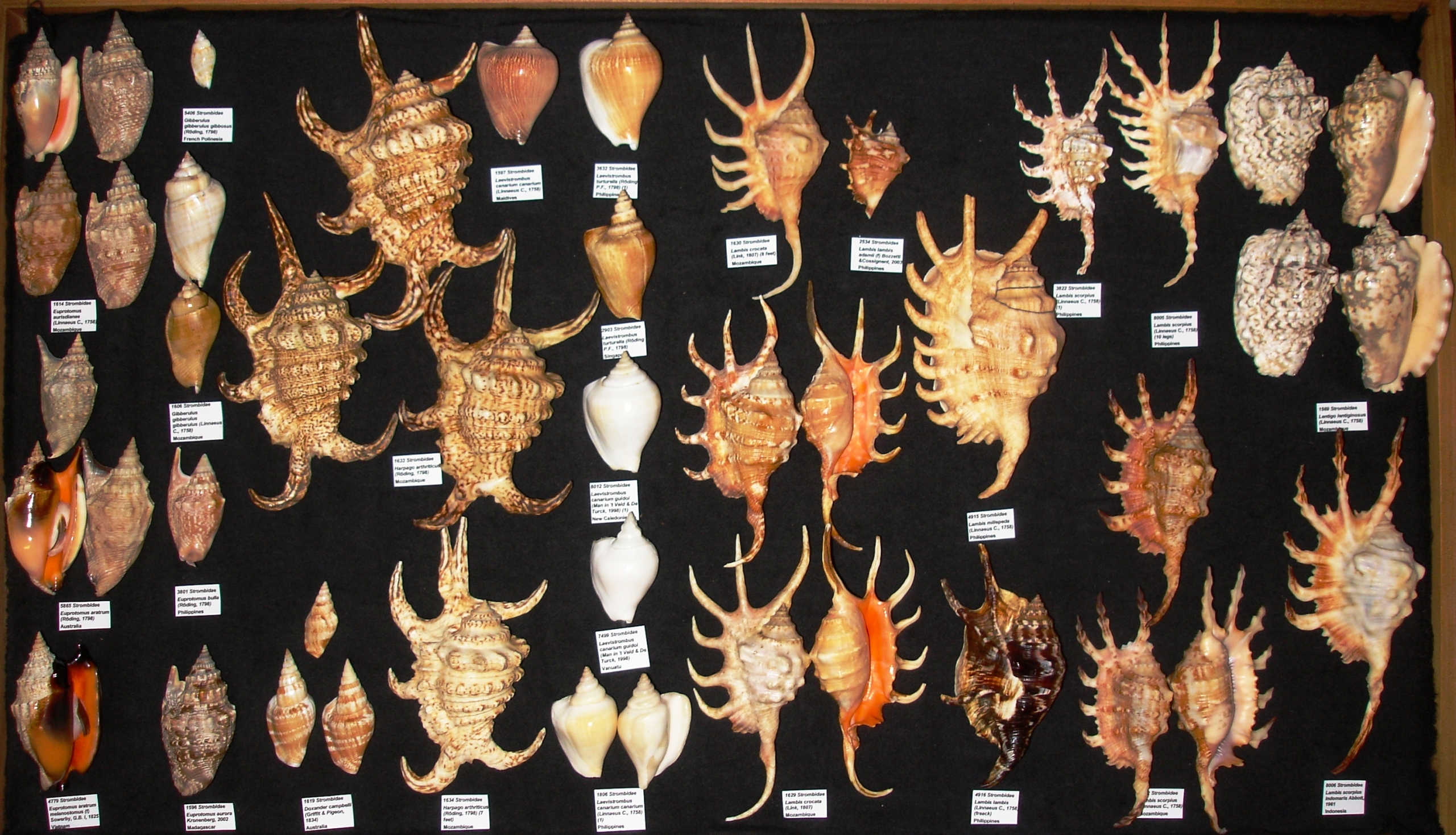
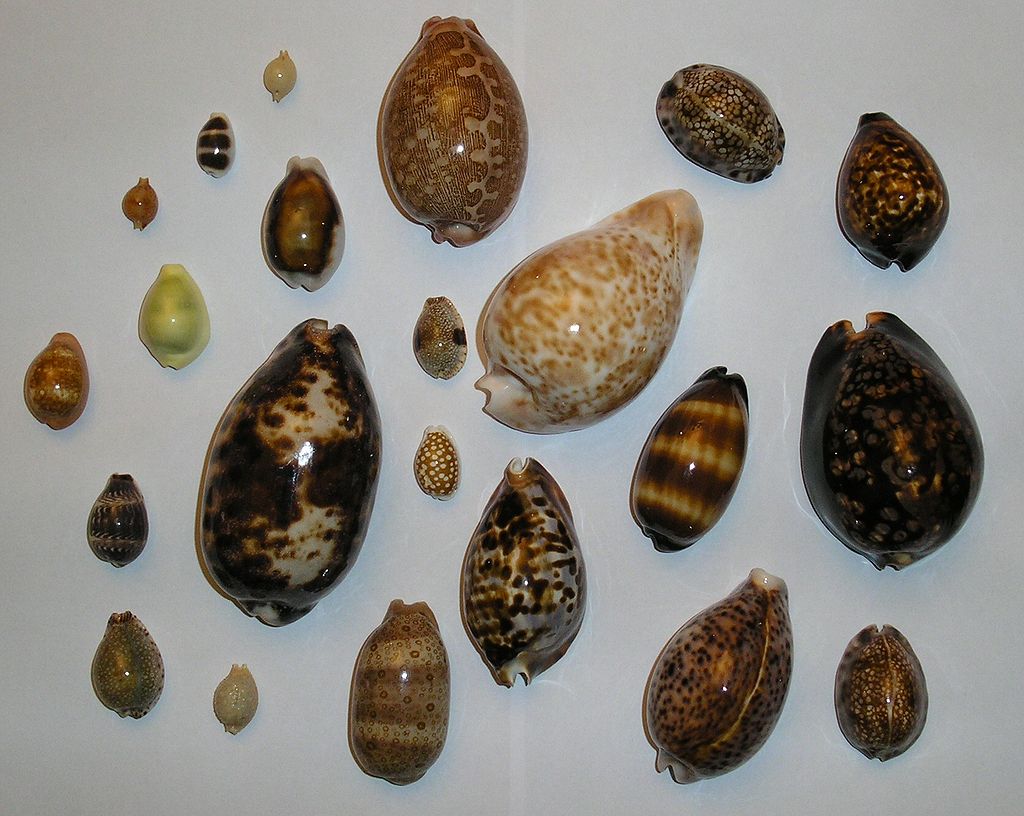
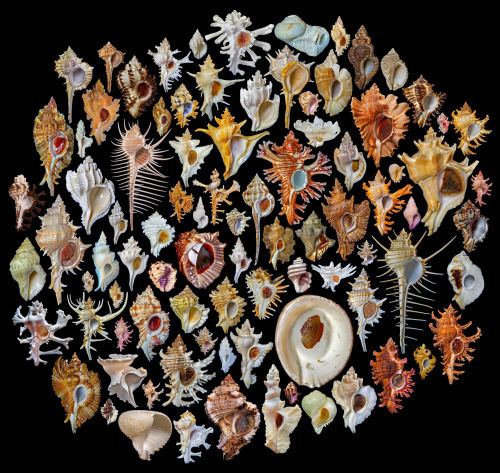
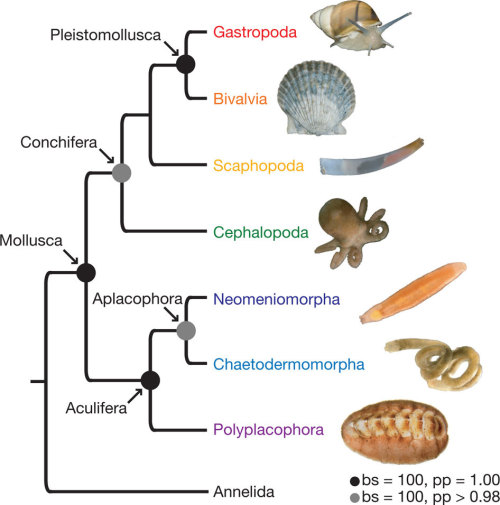

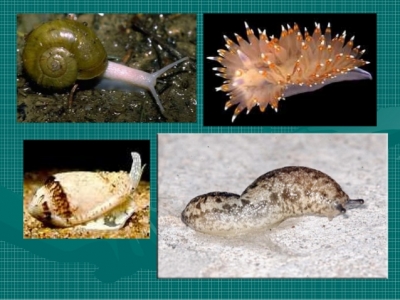
https://waterfallmagazine.com
I was able to find good information from your blog articles.